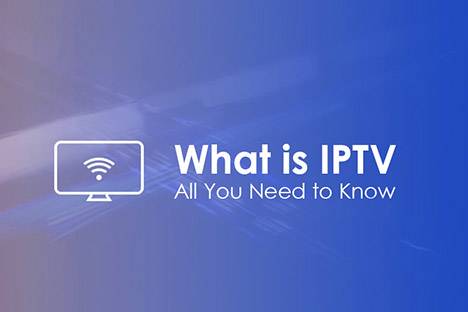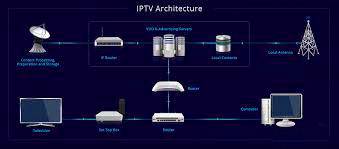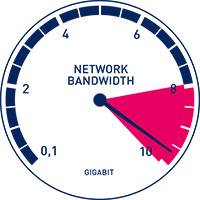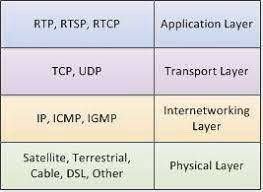IPTV/VLAN: What is it?
IPTV, also known as Internet Protocol Television, is a system for delivering television programs over the Internet. The technology allows viewers to stream live TV channels and on-demand content to their computers, smartphones, tablets and streaming devices. IPTV is a popular alternative to traditional cable and satellite TV services because it offers greater flexibility and customization options.
One of the most important components of IPTV is VLAN. VLAN stands for Virtual Local Area Network, which allows IPTV providers to maintain separate networks for their television services. The network is isolated from other networks to ensure high-quality streaming and prevent interference from other types of internet traffic.
So, how do VLANs work with IPTV? Simply put, IPTV providers assign a unique VLAN identifier to each customer’s set-top box or streaming device. This identifier ensures that the device is connected to the correct VLAN network, allowing providers to efficiently stream TV content to the device.
Advantages of IPTV/VLAN
IPTV/VLAN offers several advantages to providers and viewers. For providers, VLANs ensure a dedicated network for their IPTV services, providing high-quality streaming and reliable service to their customers. Additionally, VLANs allow providers to tailor their networks for different regions, languages, or content types, making it easier to deliver customized services to specific audiences.
For viewers, IPTV/VLANs provide greater flexibility in where and how they watch television content. The technology allows viewers to watch television on a variety of devices, including mobile phones and tablets. Additionally, IPTV/VLANs typically offer more customization options than traditional cable and satellite TV services, allowing viewers to choose the channels and programs they want to watch at any time.
How to access IPTV/VLAN service
To access IPTV/VLAN services, viewers must first select and register with a provider that offers these services. IPTV/VLAN providers may offer different package options, including a combination of live and on-demand content. Some providers may also offer specific channels or programs that are not available on traditional TV services.
Once a viewer signs up with an IPTV/VLAN provider, they must connect their device (set-top box, streaming device, etc.) to the provider’s network using a unique VLAN identifier provided by the provider. This connection can be wired or wireless, depending on the device and provider’s network settings.
in conclusion
IPTV/VLAN is a powerful technology that is changing the way viewers consume television content. By providing a separate network for television services, IPTV/VLAN provides customers with high-quality streaming and reliable service while also providing greater flexibility and customization options than traditional cable and satellite television services. If you are interested in accessing IPTV/VLAN services, be sure to research different providers and packages to find the one that best suits your viewing needs.
Subscribe now: smarters-iptv-co-uk






